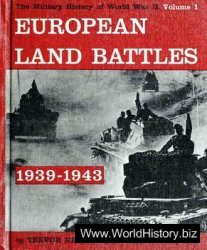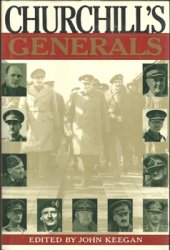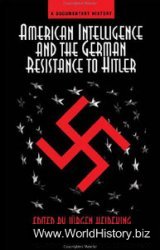Although the land in southern Sudan is composed of a clay-like soil that is ideal for grass, cattle tending here is difficult because of the wet season that lasts from July to September. During that period, it is, in fact, too wet for the cattle. Mosquitoes and flies proliferate, irritating both cattle and humans. Furthermore, it is not healthy for cattle to spend much time in soggy soil as it produces various hoof diseases. Unlike the sub-Saharan savannahs, this is not a natural place for cattle raising, so to compensate, the Dinka and Nuer have had to develop wet-season camps built around large cattle barns, located on higher ground, to avoid the floods from the rivers (Figure 12.5). At night, afl:er the cattle are herded into the barn, the door is tightly sealed, the air holes blocked, and the central Are in the barn is lit. The Dinka word for a homestead is, in fact, gol, which means literally “cattle hearth.” The warm and dry environment of the cattle house also protects against hoof disease. The men sleep along side the cattle on raised platforms. The camp may consist of one or two of these large structures with small residential huts clustered together in the vicinity. The camp is usually deAned by a curving front wall that helps control the animals and protects an area to the rear of the camp for agriculture. Those Dinka who do not do agriculture do not need such an expansive layout and will cluster their compounds more closely together (Figure 12.6).
In the hot season, the clay soil dries rapidly, forcing the men to move the herd to low-lying areas, either to one of the many rivers that crisscross the area or to a family well. These camps, usually more temporary, have no particular arrangement for defense, and can range from twenty to 200 huts lined up on the banks of rivers.
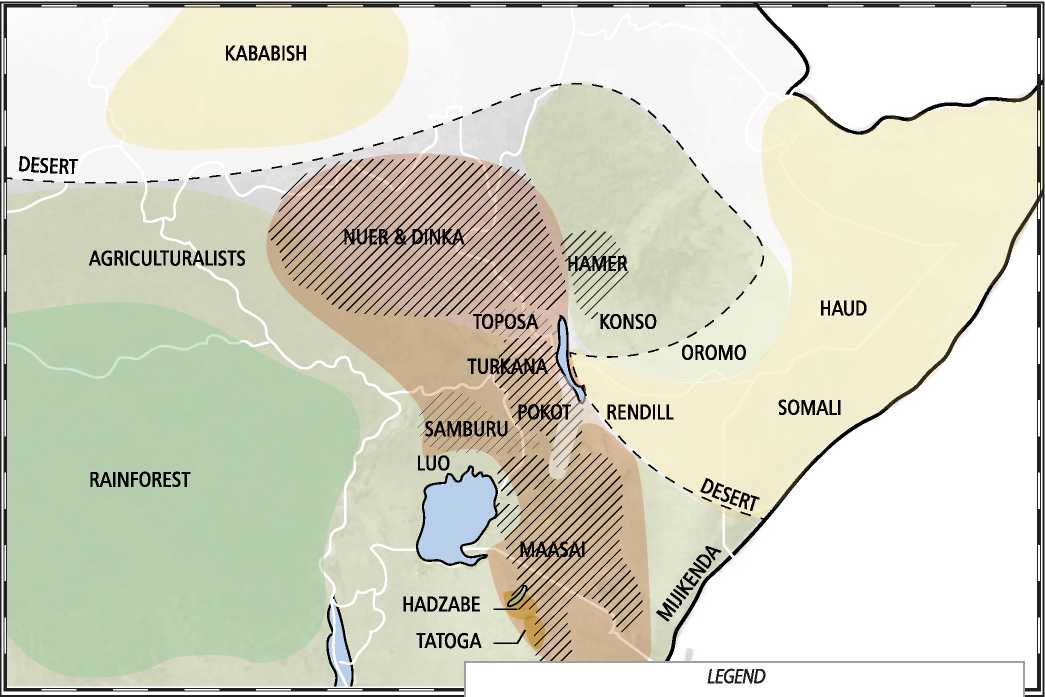
Figure 12.5: East Africa cattle cultures. Source: Florence Guiraud
AGRICULTURALISTS RAINFOREST CAMEL-TENDING SOCIETIES
NILOTIC UU CATTLE-TENDING SOCIETIES
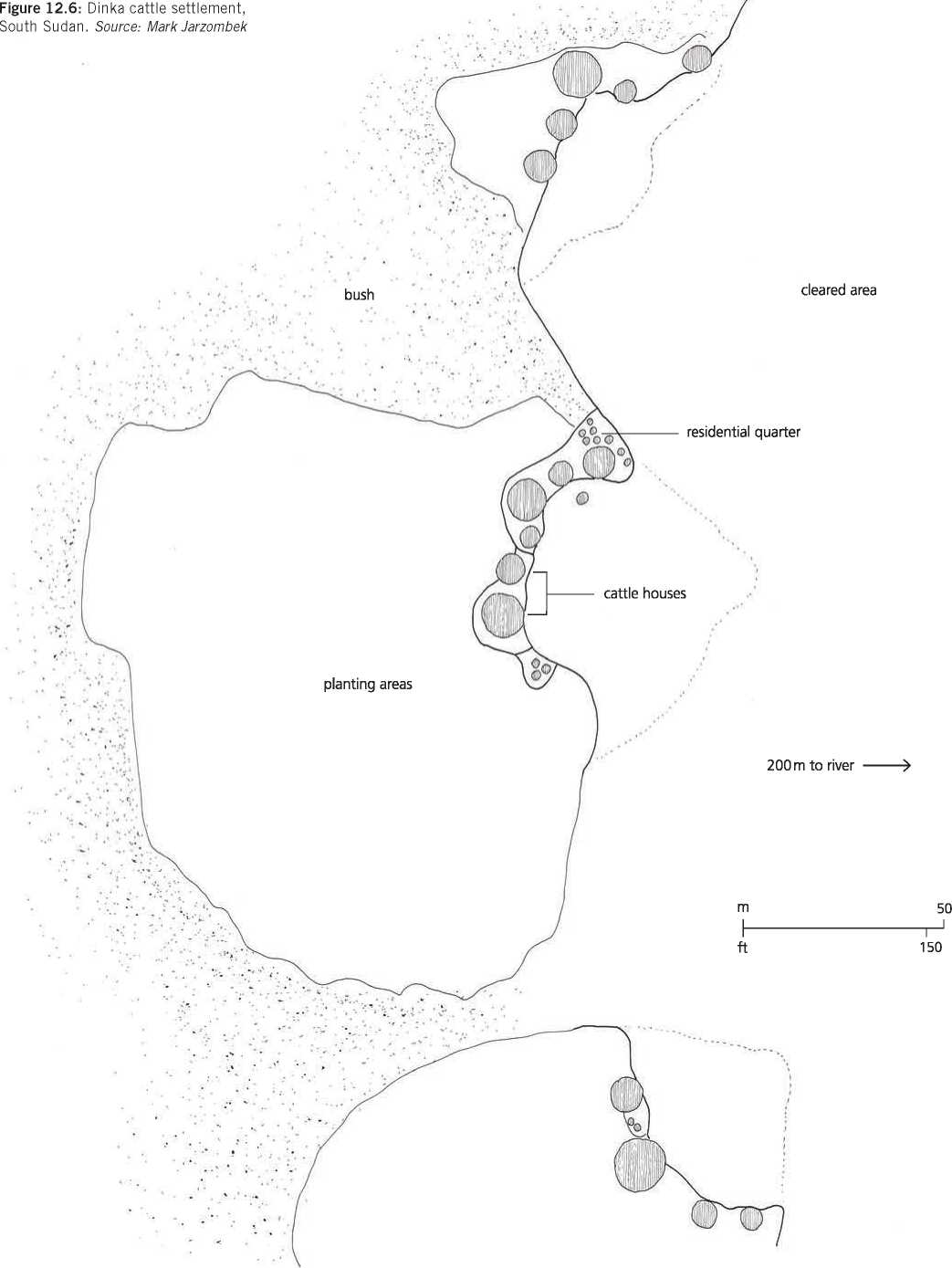
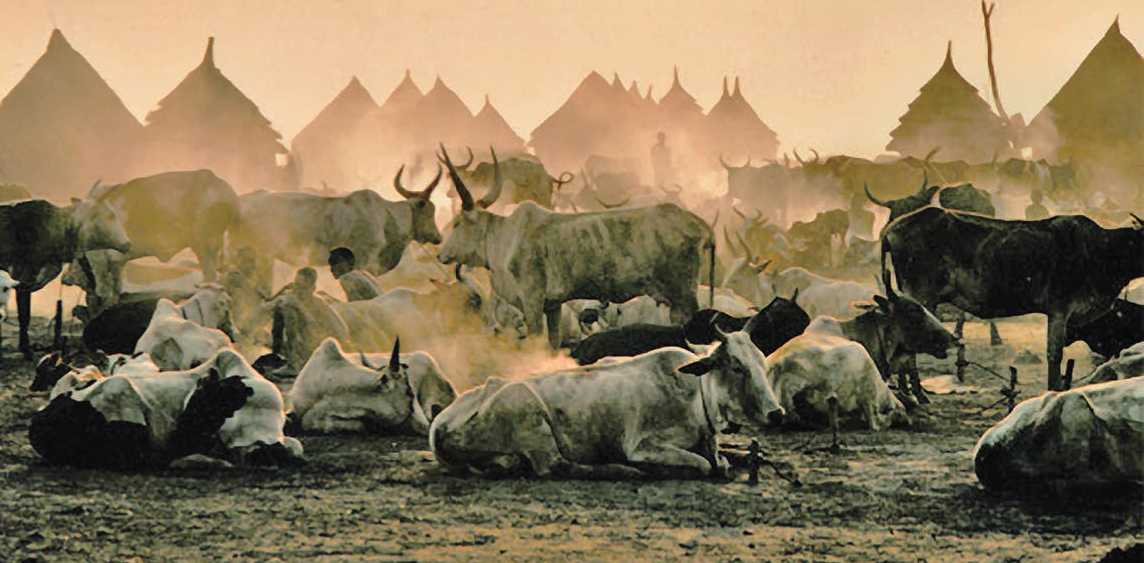
Figure 12.7: Dinka settlement, Sudan. Source: Terese Svoboda
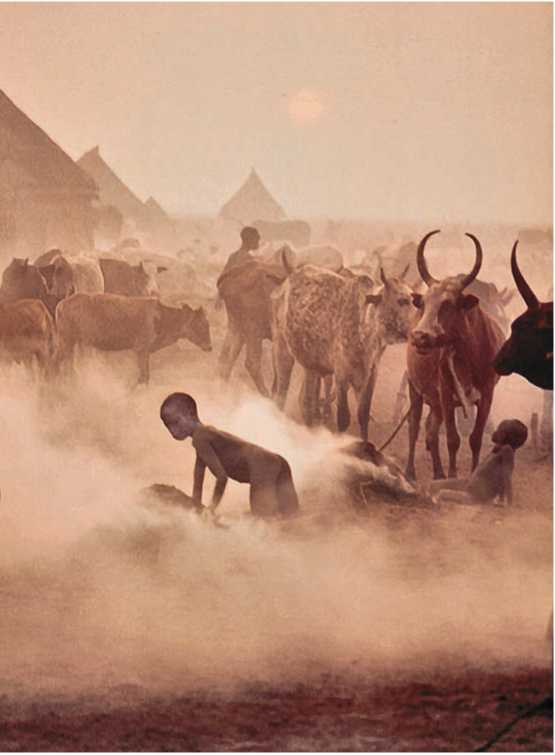
Figure 12.8: Dinka, Sudan. Source: Terese Svoboda 460
The social structure is largely egalitarian in that a man with many cattle is perhaps envied, but is not treated differently from a man with few cattle. A major influence in the society is exercised by the “chiefs of the Ashing spears,” otherwise known as the “spear masters,” who serve as diviners and intermediaries with the spirit world. Their task is to deal with the diseases of cattle as well as those of people, offering incantations and sacriAces to prevent or cure them (Figures 12.7 and 12.8).
Both the Dinka and the Nuer have a strong conception of social order, deAned by the concept cieng, which means “to live together,” but more broadly means “to look after,” “to inhabit,” or “to put in order.” As a noun, it means “habit,” “conduct,” or “way of life” and lays stress not only on sharing produce, but also on the principle of solidarity and cooperation, which makes sense because the tending of cattle with its diverse duties must be a shared responsibility. The situation in real life is a bit messier. Both the Dinka and the Nuer value bravery and strength, meaning that tensions can erupt when slights are perceived. These can be resolved in personal combat or by a village elder in the form of cattle payment. Furthermore, the Dinka and the Nuer, despite their similarities, coexist in a state of low-grade conflict built around ritualistically established grievances. Each sees raids against the other as a normal state of affairs. Boys, in fact, look forward to the day they can accompany their fathers on intertribal raids to prove their manliness.2
The Dinka do not kill their cattle for food, but there are enough reasons for sacriAces that meat is a main sustenance. The men seldom go out to hunt game animals, except gazelle and giraffe, and only pursue those that approach the camp. Milk from sheep and goats is collected, but is usually drunk by children or consumed as sour milk during the dry season. The Dinka and Nuer also Ash and farm, but they see these activities as ancillary and look down upon neighboring people who do any of these activities as a central part
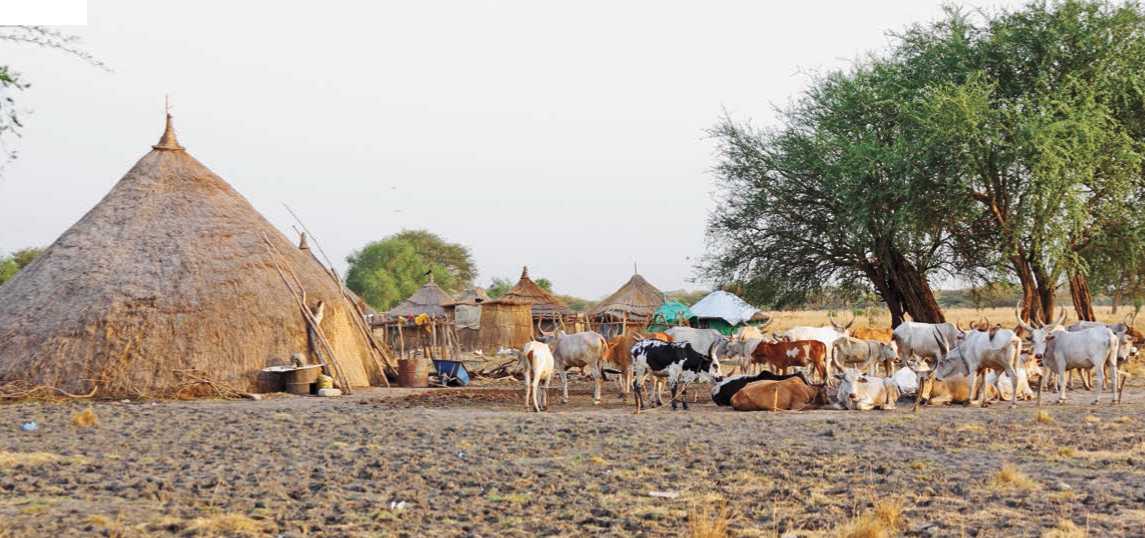
Figure 12.9: Dinka village, Kongor, Junqali, Sudan. Source: Henrik Stabell
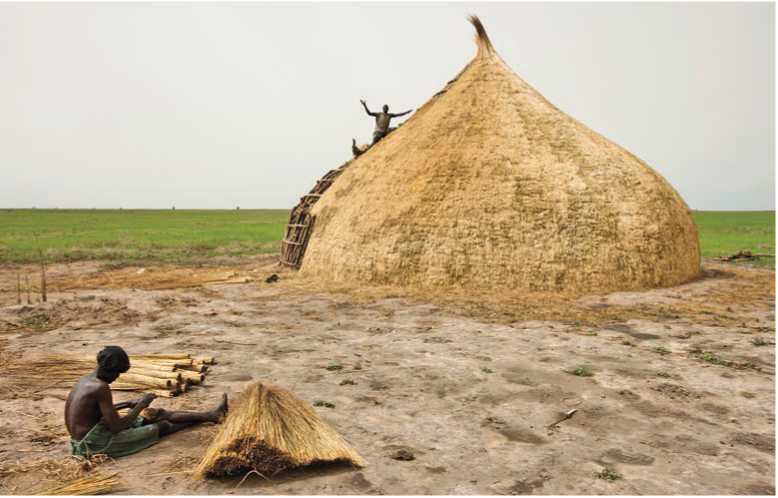
Figure 12.10: Resettled Sudanese put thatched roof on a wet season cattle barn, Pajut, Jonglei Province, Southern Sudan. Source: George Steinmetz/National Geogrpahic Stock
Of their culture. They grow millet, but do so without irrigation and crop rotation. When the soil is depleted after about six to ten years, they will move the camp. They might also move camp if the cattle are sickly or if there have been fights within the village as this indicates an inauspicious place.3
The cattle barns are quite spacious, some 12 meters across with foundations of compacted clay and straw and roof supports of the branches of acacia and other hard woods. For its construction, a wall, about 3 meters high, is built of closely spaced stakes. Two or three substantial ropes wrap around this wall as compression rings to counteract the forces from the roof that it is designed to carry. The workers use this wall as a type of brace for numerous slender poles that rise into the sky and that are bound together every meter or so by a rising sequence of compression rings, each one serving, like the rungs of a ladder, as a platform for the builders. By making the rings ever smaller, the conical-shaped dome gradually comes into shape. Once the structure is finished, it is covered with layers of cut straw. Inside pegs are placed to secure the calves around the central hearth. Such a structure can last for about ten years (Figures 12.9, 12.10).
Building and repairs usually take place in the dry season when there is plenty of straw for thatching and enough millet to provide beer for those who assist in the work. During the rains, fences are constructed around the huts to control the movements of cattle during the day and to prevent the animals from damaging the crops. Snakes sometimes take refuge in the straw, but this is not seen as a problem. On the contrary, snakes are regarded with reverence and their slaughter looked upon as a crime. Snakes are even given names and treated as domestic animals. And finally, the structure is a place of ancestral worship since the male head of the family will be buried in the hearth in front of the barn.
God is called Deng-deet; he created mankind and is the father of all the Dinka people. In former times, a special hut was built in each village to serve as the god’s house where sacrifices were made. The Dinka, like the Nuer, also make small clay models of cattle. In these, the forelegs are fused, the hind legs are separated and the hump is emphasized. A large hump is seen as a sign of a healthy animal.
The Nuer have a mythological story that tells how the mother of the Cow and the Bufialo were once slain by a man. Bufi'alo said she would avenge the deed by attacking men in the bush, but the Cow said she would remain with men and avenge her mother by causing endless disputes about debts and bride-wealth that lead to fighting among men. While this story explains to some degree the human co-existence with cattle, it also demonstrates the inextricable nature of the relationship in which it is not cattle that are the underlings in the relationship, but humans who, in a sense, have to earn the respect of the cattle. When a cow is sick a special hut is erected for it where it will be carefully tended. The most significant event in the life of a male is when his father presents his manhood gift:, his own bull calf. It will have been carefully chosen for its color pattern.
The boy will sing to the calf for hours, following it with his drum, and compose many an original verse extoling its virtues. He will also no longer refer to himself by his boy name, but instead use an “ox-name” derived from the characteristics of the bull. The Nuer and Dinka have a complex vocabulary of color and patterns. There are ten principle colors that are then combined with words for patterns, with yet other words that might associate the animal with birds, reptiles, and fish, all of which produce elaborate and evocative names such as “red tree-cobra,” “shady gloom of forests,” or “charcoal-burning.” Once named, the young man will be known as acinbaai, “a man who never leaves his herd of cattle.”4 I have a red bull with twisted horns;
He is so big that men can sit and rest in his shadow.
He went into the lands of the people and ate their beans The land trembled because of him.
My father is proud at my greatness:
Like a lion am I, and my enemies are scattered before me.
“Where” says he, “in the world is there another like my son.”5




 World History
World History
